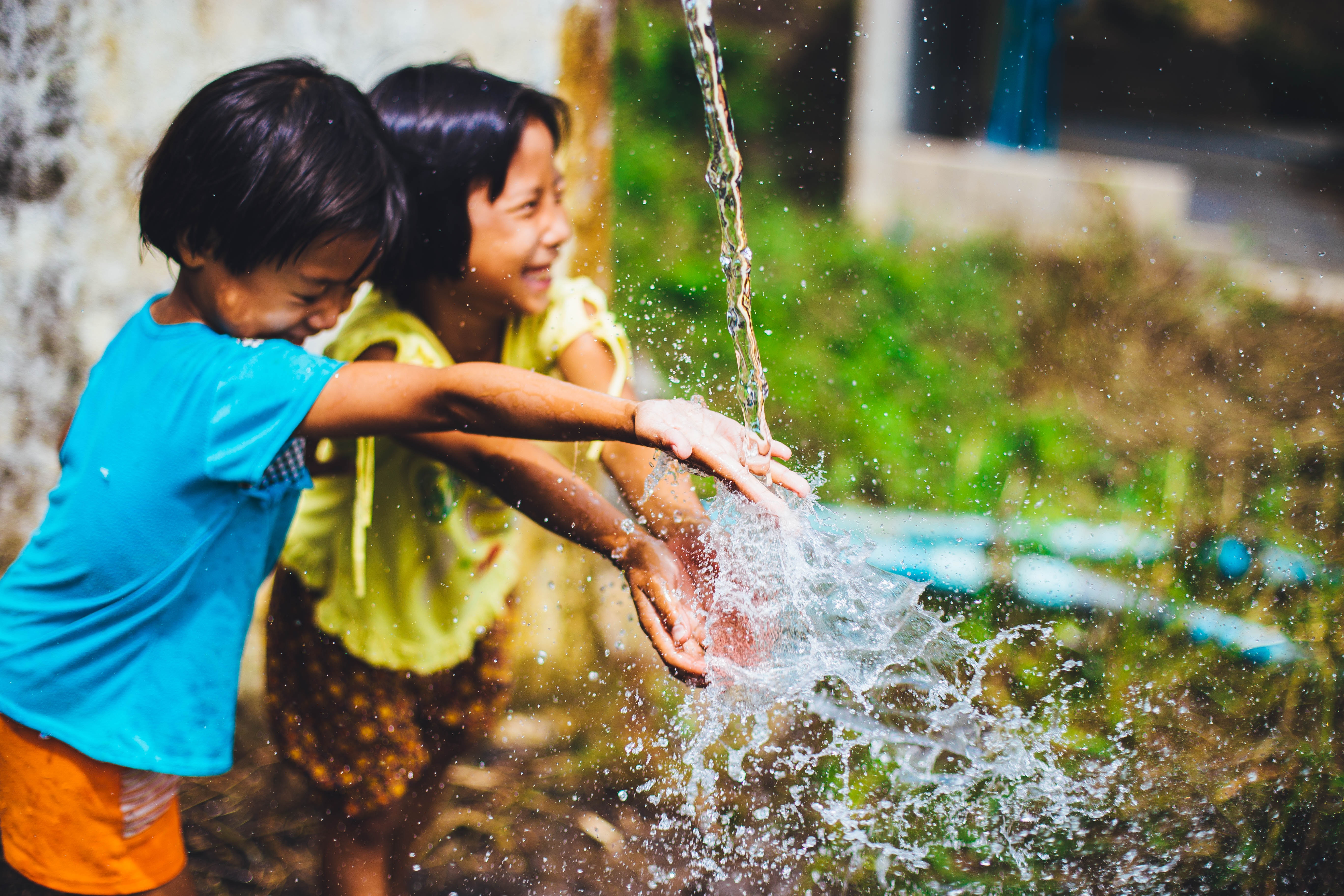Communicating the Importance of Disaster Resilience
I am a Communication student in graduate school. For my previous semester in grad school, I took up a subject called "Science Communication", which basically tackles about how communicators can effectively engage everyone in knowing more about Science, even those who are not deemed to be Science people.
Communicating Science
It is a subject which helped us, communicators, to become the mediator between scientists and the rest of the world. Our professor wanted us to be able to help Scientists inform the world about the importance of their research or agenda, without intimidating people away with their scientific ideas or unfamiliar jargon.
Disaster Resilience
For my output in Science Communication, I collaborated with the Nationwide Operational Assessment of Hazards (NOAH) in the University of the Philippines Diliman Resilience Institute (UPRI), together with Dr. Mahar Lagmay and his staff. This institutionalized organization is responsible for producing and predicting real-time hazard maps in the Philippines through a highly-critical web platform in order to mitigate disasters, prevent risks, and save lives in the country.
At the end of the meeting, they wanted me to create an inspirational video plug on how Filipinos could stand up once again and be resilient after disasters, and help them develop a Culture of Preparedness.
And this is what I was able to come up with:
Watch until the end. “According to the Global Climate Risk Index 2015, the Philippines ranked as the number 1 country most affected by weather-related disasters such as typhoons, floods, and earthquakes."
Learnings
While doing this project, I learned that it’s not very easy to communicate to people what you want to say, especially when Science is in the picture. Creating a video output that is meant to motivate or inspire people took me a lot of challenge, especially since diverse people have diverse cultural backgrounds and I initially had a hard time thinking of one thing that would capture the general Filipinos in terms of what inspires them or not. So I had to create an ell-encompassing script that will somehow touch the core being of Filipinos, regardless of culturtal diversity.
Making this project also made me realize that “resilience” is not very easy to capture. As we Filipinos have had a lot of battles with past storms and disasters in our country, telling Filipinos “to just be resilient” wouldn’t do. I learned that I must tell them exactly WHY they should be resilient and WHAT will happen if our country is more prepared the next time something chaotic arrives. Thus, I learned it is important to be critical in preparing what I want to communicate to the public, in order for them to fully understand my goal.
Furthermore, I learned that it is vital to maintain and nourish connections. My project would not be possible if not for good people and teams who lent me their hands through consultation, guidance, and expertise and helped me achieve what I wanted to do.
To more Science Communication outputs in the future!!

The goal of Sci Comm.

@originalworks :)